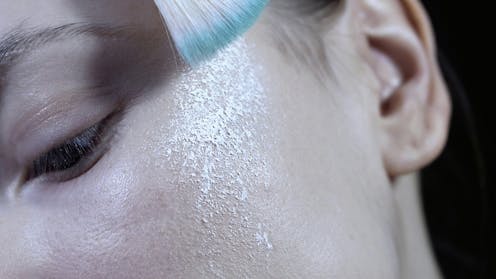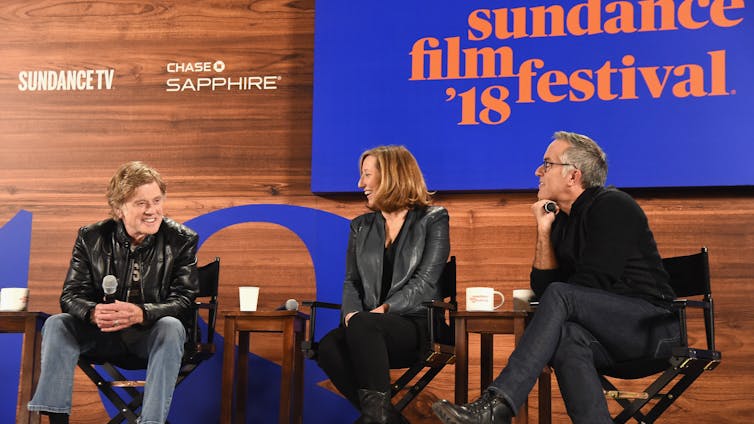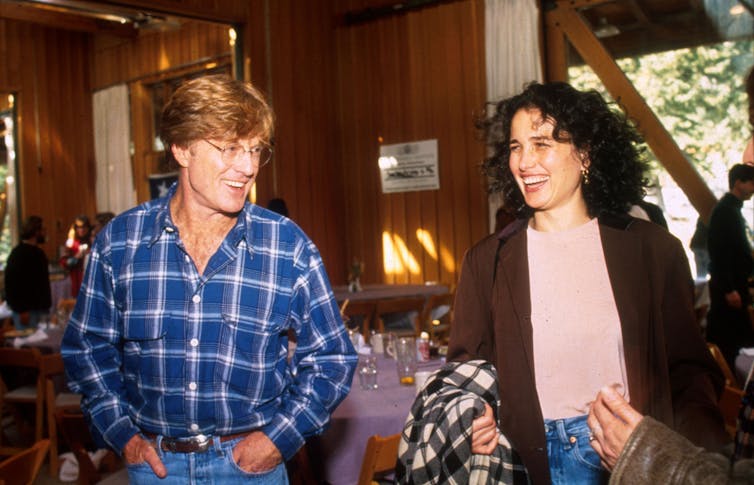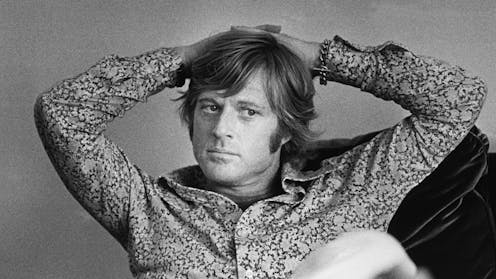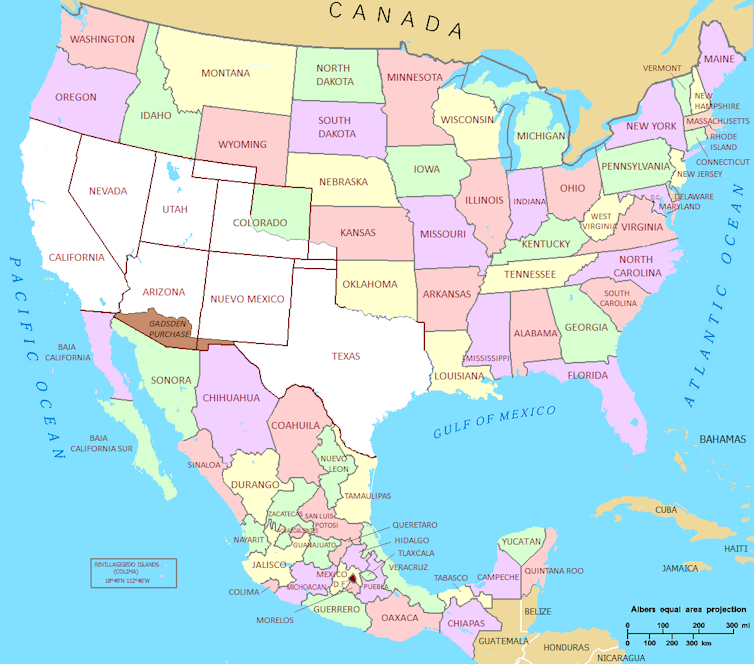Source: The Conversation – Global Perspectives – By Emma Shortis, Adjunct Senior Fellow, School of Global, Urban and Social Studies, RMIT University
History’s path is never linear. But its turns can be very sharp.
It is rare to be able to identify the moment when we can say “this is the point at which everything changed”.
So have we reached the point where we can say the United States is in a constitutional crisis? Has American democracy failed? Has the US descended into authoritarianism?
If the answers to those questions weren’t clear already, they are now.
Yes. It is happening. Right now.
Not because of one incident, but a series of moments and choices, events within familiar historical structures, that are pushing the US over the edge.
The assassination of Charlie Kirk, and the choices made by the administration in its aftermath, is one such moment. It was immediately clear the Trump administration would use Kirk’s murder as a pretext for accelerating its authoritarian project, weaponising it to destroy opponents, both real and imagined.
In a video address from the Oval Office, Trump blamed the “radical left” and promised a crackdown on “organisations” that “contributed” to the crime. His vice president, JD Vance, hosted Kirk’s podcast, effectively making it a tool of state-sponsored media.
On that show, White House Deputy Chief of Staff Stephen Miller promised “we are going to use every resource we have at the Department of Justice, Homeland Security and throughout this government to identify, disrupt, dismantle and destroy these networks”.
In the MAGA-verse, terms such as “radical left”, “networks” and “organisations” are code for any form of opposition or dissent – including the Democratic Party and traditional media. It is worth noting here that “radical left” is now shifting to terms as broad as “left-leaning”, progressive or, even more subversive, liberal.
The Trump administration is promising to go after the fundraising architecture of its opposition, broadly defined. And it will. It is already using the agencies of the federal government – including the Federal Bureau of Investigation and the Internal Revenue Service – to threaten, punish and obliterate those who oppose it.
And the moments keep coming. On Wednesday, Chair of the Federal Communications Commission, Brendan Carr, appeared on another far-right podcast. Carr – a Project 2025 contributor – suggested that broadcasters running the Jimmy Kimmel Live! show were risking “the possibility of fines or licensed revocation from the FCC” due to Kimmel’s comments about Kirk’s death.
That night, ABC announced that Kimmel’s show would be suspended indefinitely.
Kimmel’s moment follows Stephen Colbert’s. It follows another moment earlier in the week, when Trump berated senior Australian Broadcasting Commission journalist John Lyons, aggressively telling him he was “hurting” Australia and that he would tell the Australian prime minster as much. The ABC has since been barred from Trump’s UK press conference, ostensibly for “logistical reasons”.
In the firehose of these moments, it can be difficult to see them in context. But they are all connected – part of a deliberate, carefully planned program to destroy anyone or anything that opposes or even questions Republican orthodoxy as defined by Trump.
The Kirk moment, the Kimmel moment, and all the rest, must be understood in that broader framework. This week, too, the Trump administration announced it was deploying the National Guard into Memphis, Tennessee. It will likely also send the National Guard into Chicago, as it has long been threatening. It has already despatched the National Guard into Los Angeles and Washington DC.
Trump and his cronies are openly musing about other “Democrat cities”. The point is to sow fear and suppress dissent. It is working.
This month, in the aftermath of a meeting with his Russian counterpart Vladimir Putin, Trump promised to end mail-in voting. The Trump-aligned Supreme Court is poised to gut a key provision of the Voting Rights Act intended to prevent racial discrimination. The mid-term elections are still over a year away.
Incredibly, we are only eight months into the second Trump administration. But the moments will keep coming, and the speed at which they arrive will likely accelerate.
Taken together, they paint a very grim picture for the future of US democracy, constrained though it already is. The widespread, coordinated suppression of dissent – and the extended chilling effect that suppression has – are ripping apart the fabric of American political life.
It is here. It is happening. History is being made before our eyes.
This is a monumental change. For the United States. For the world.
![]()
Emma Shortis is Director of International and Security Affairs at The Australia Institute, an independent think tank.
– ref. Jimmy Kimmel’s cancellation is the latest sign we’re witnessing the end of US democracy – https://theconversation.com/jimmy-kimmels-cancellation-is-the-latest-sign-were-witnessing-the-end-of-us-democracy-265574




